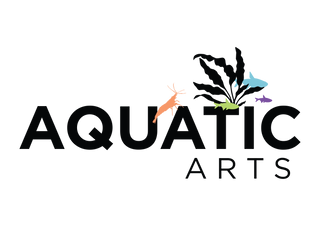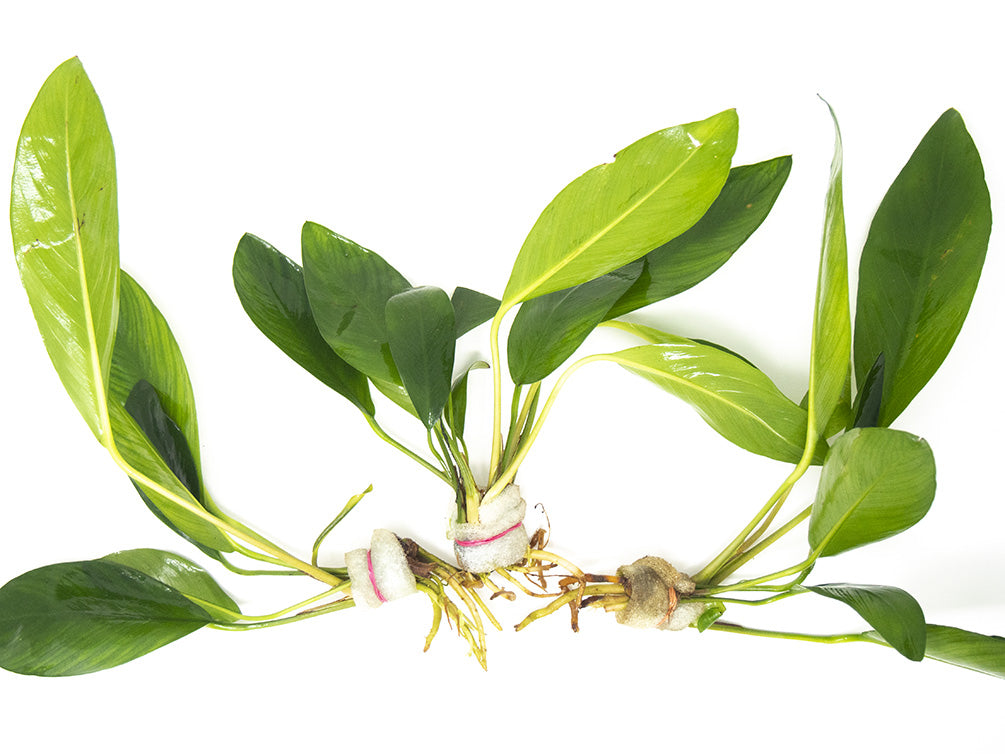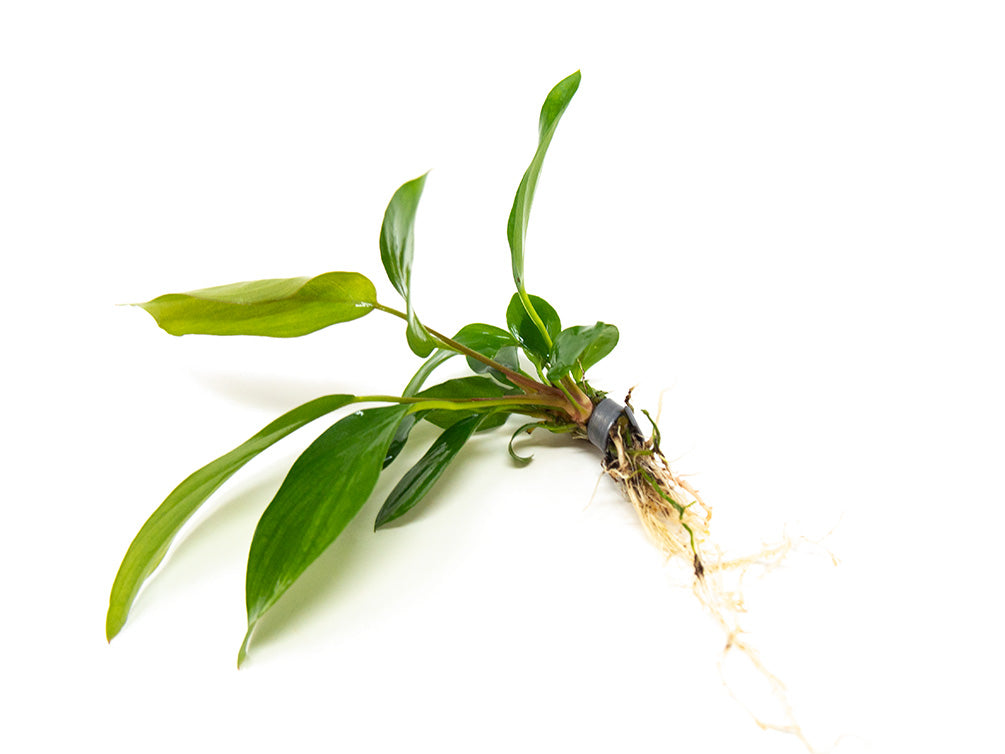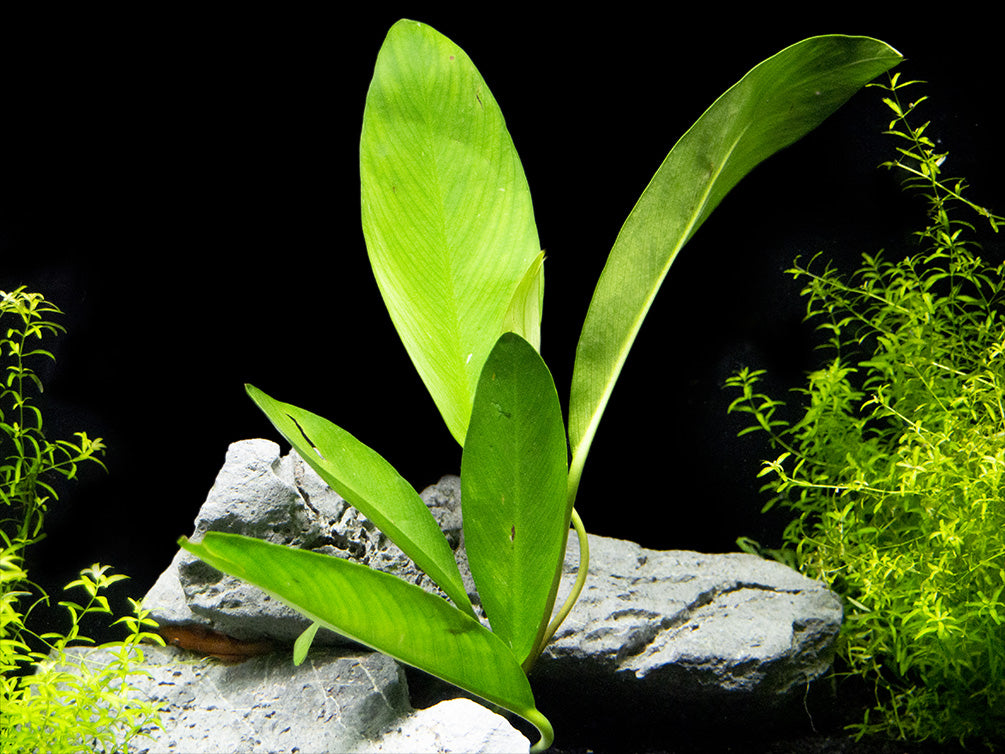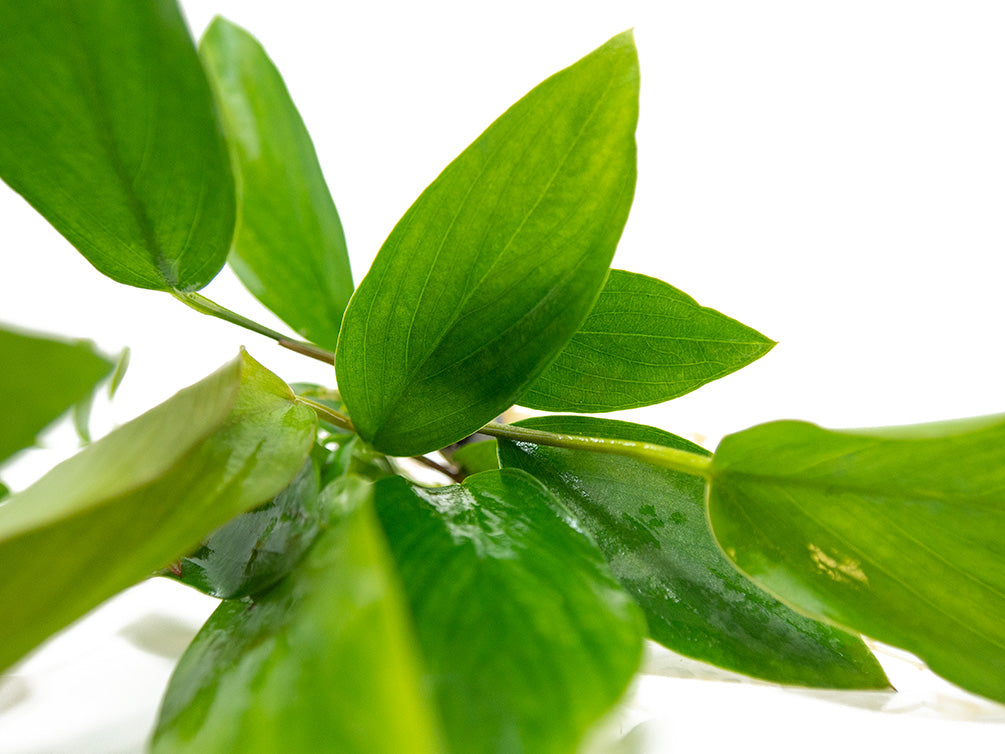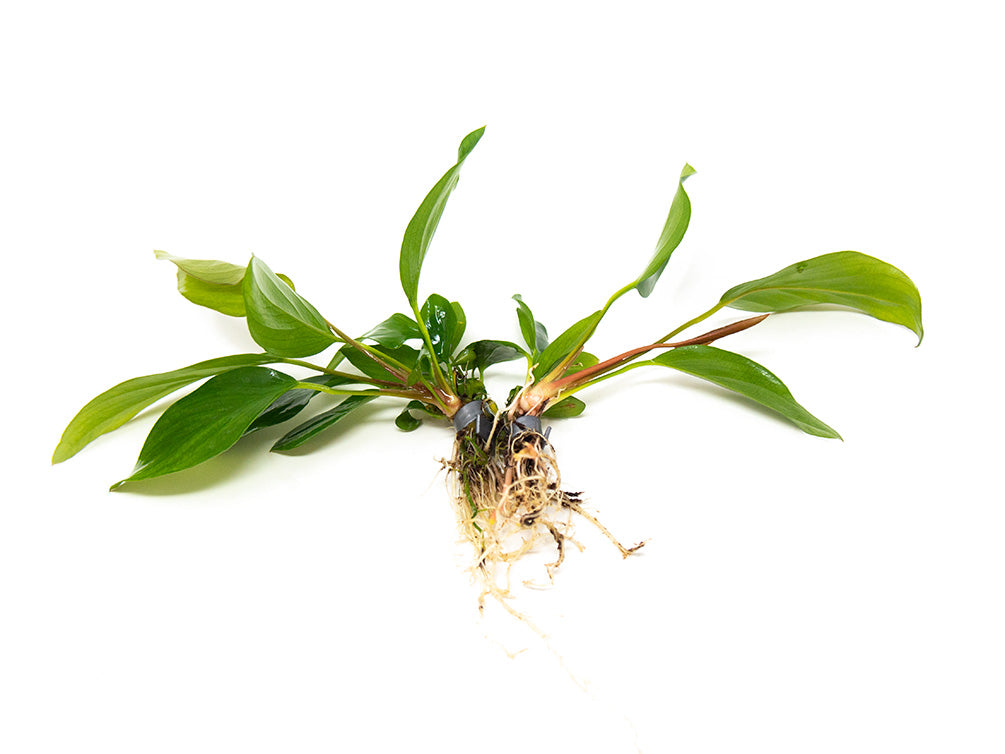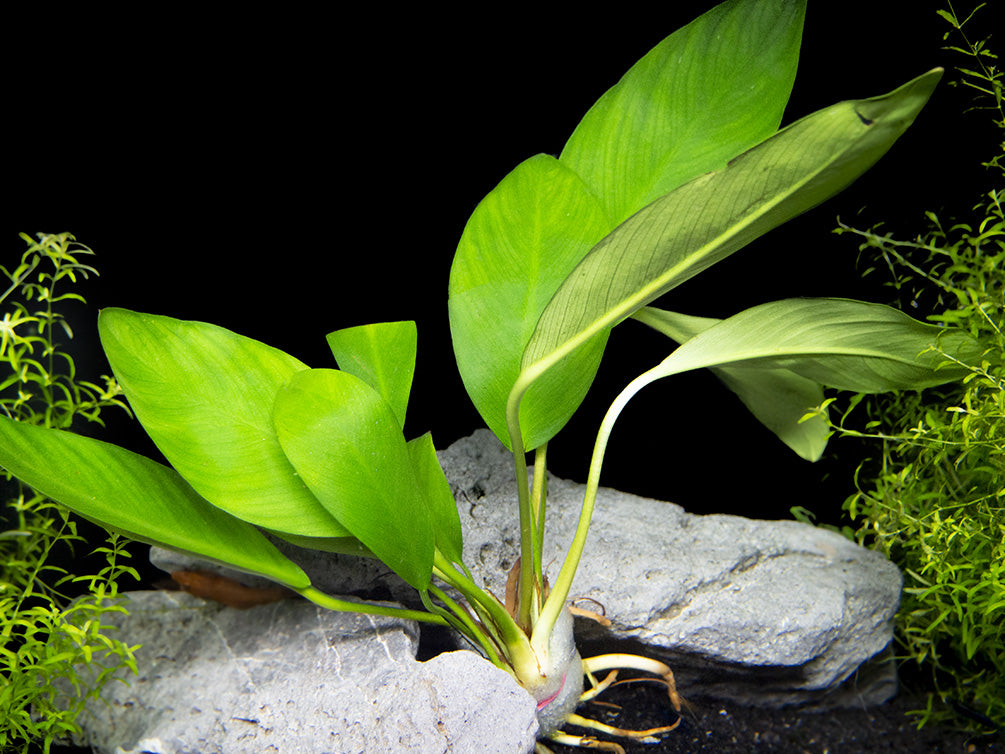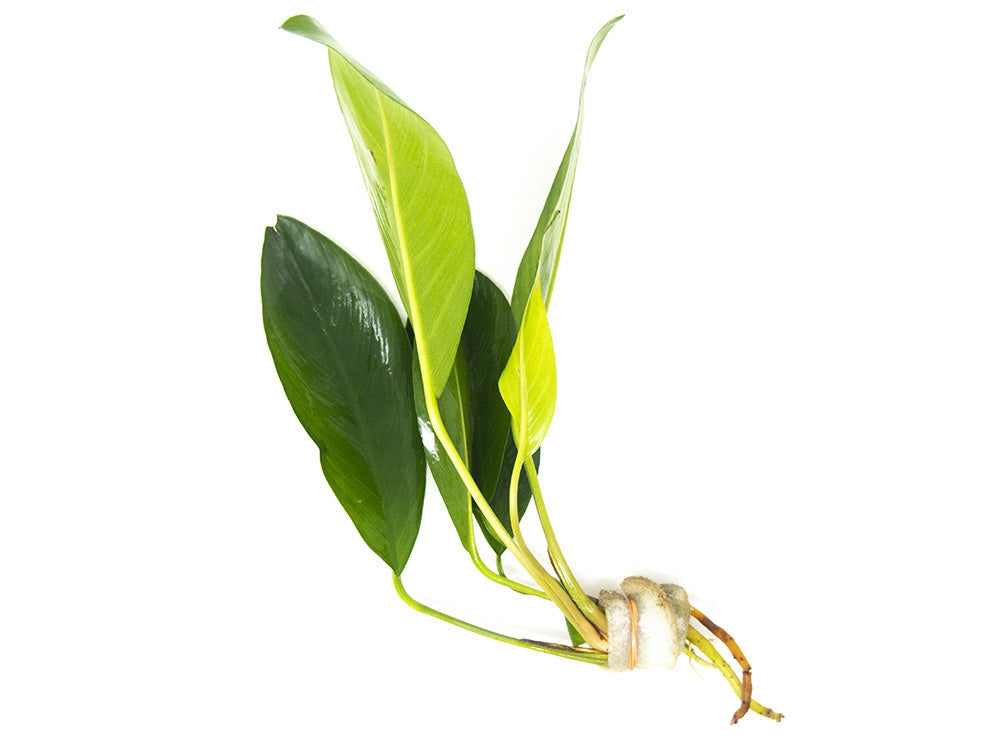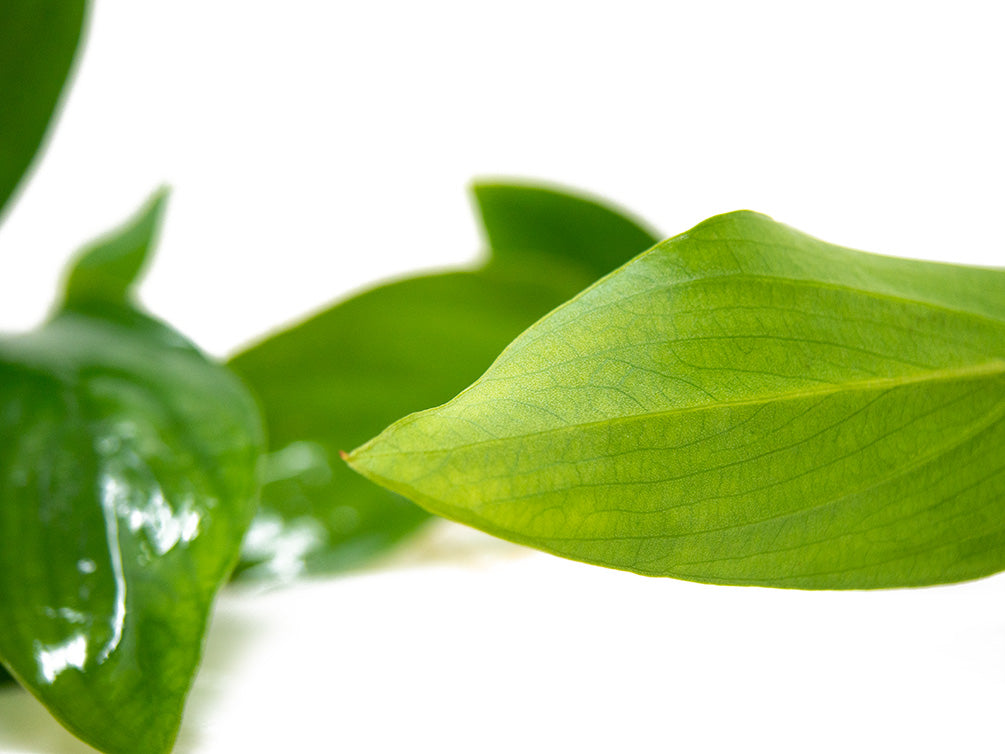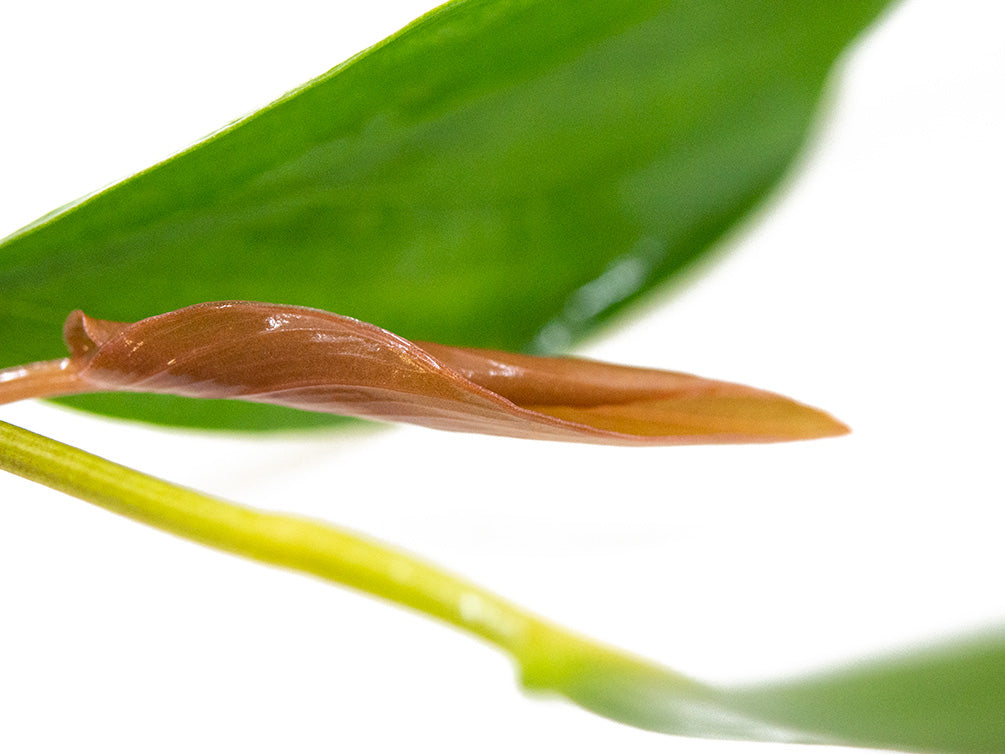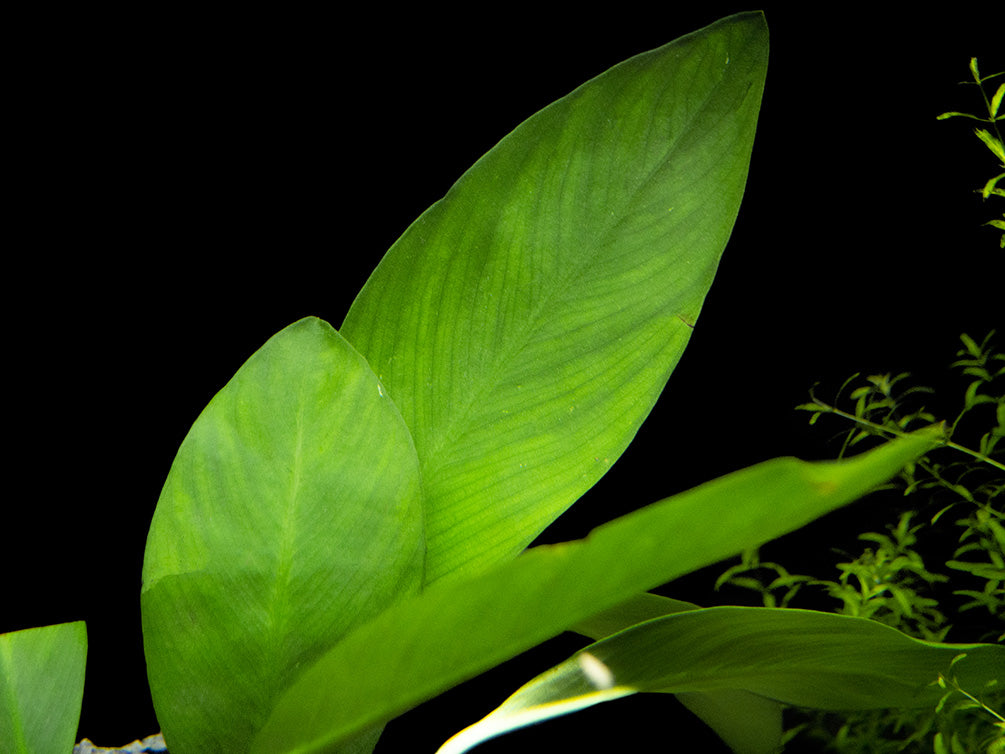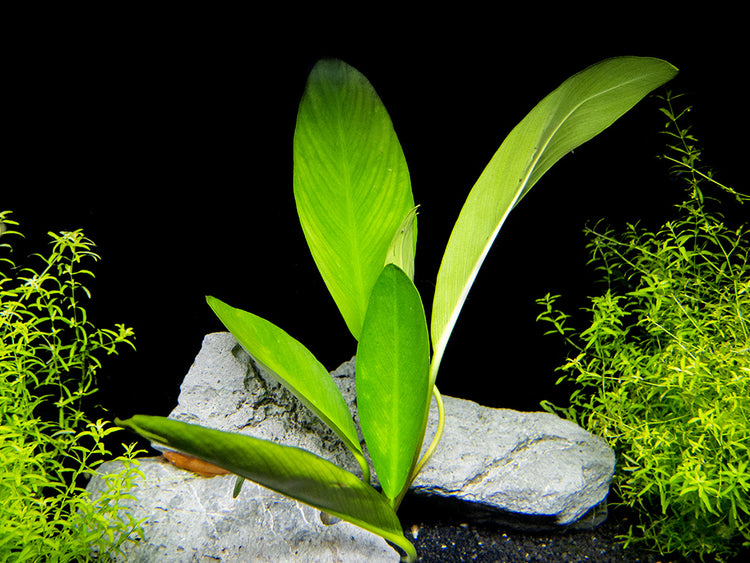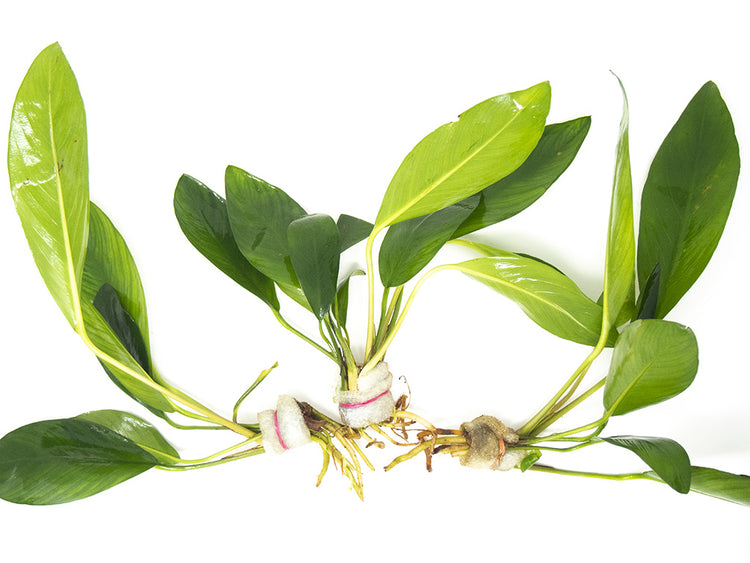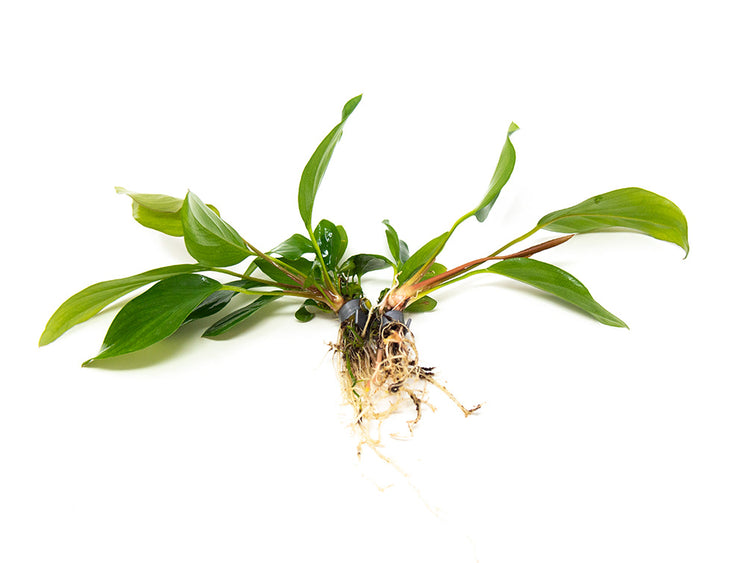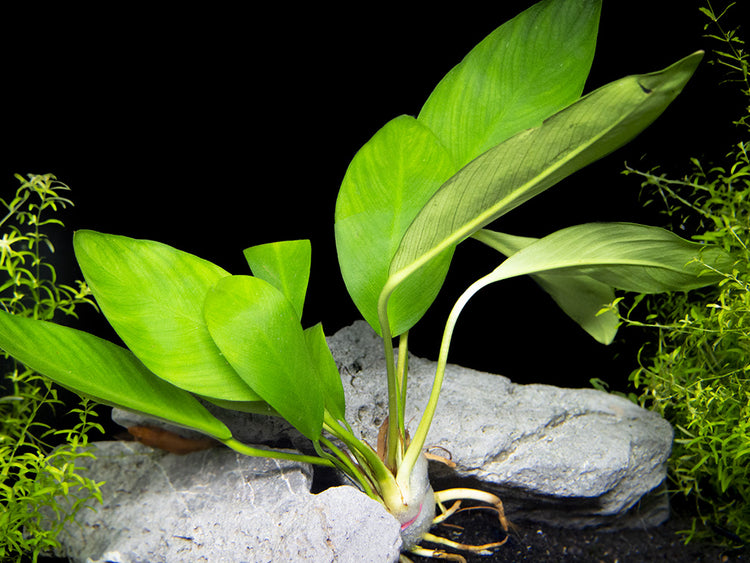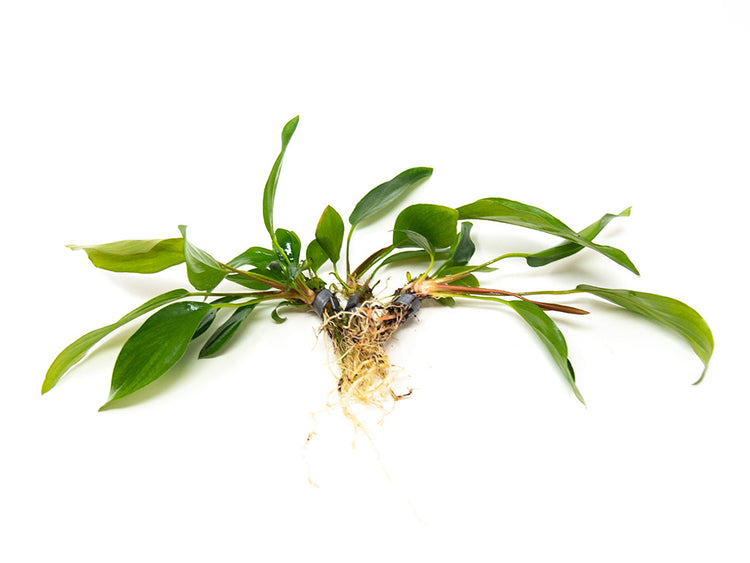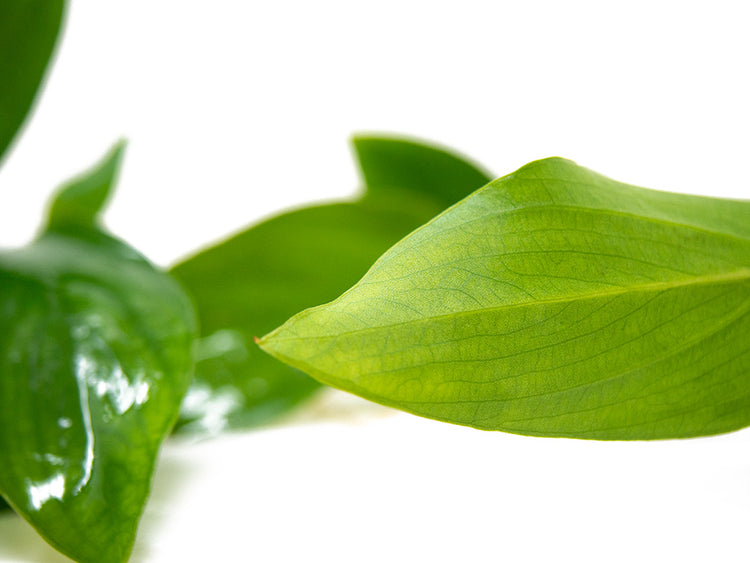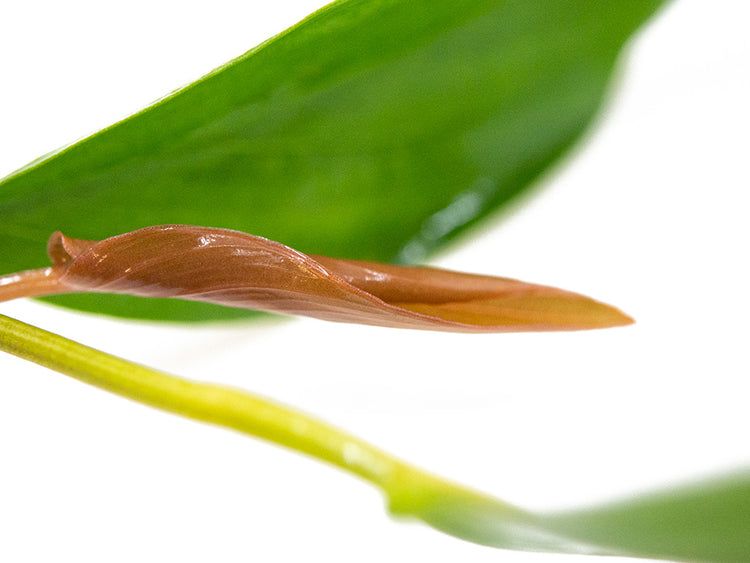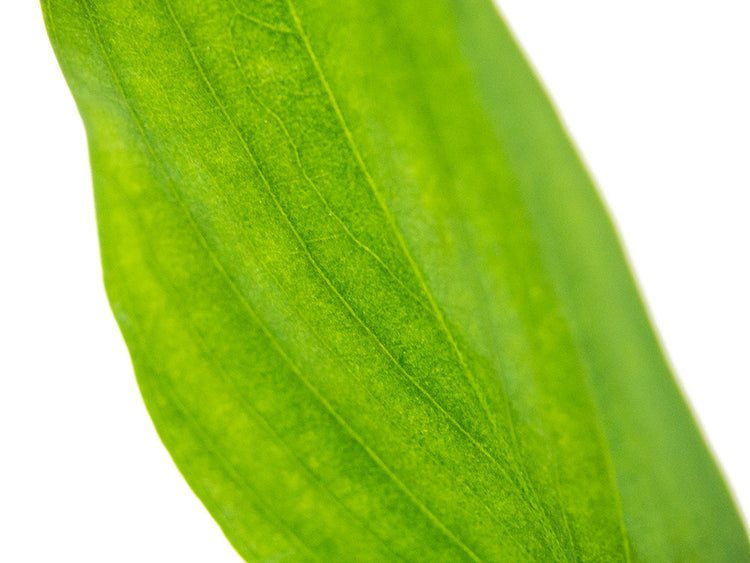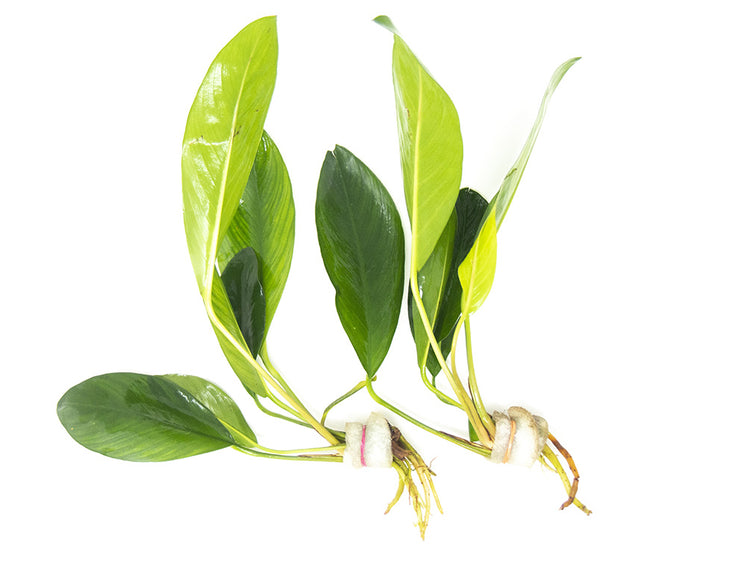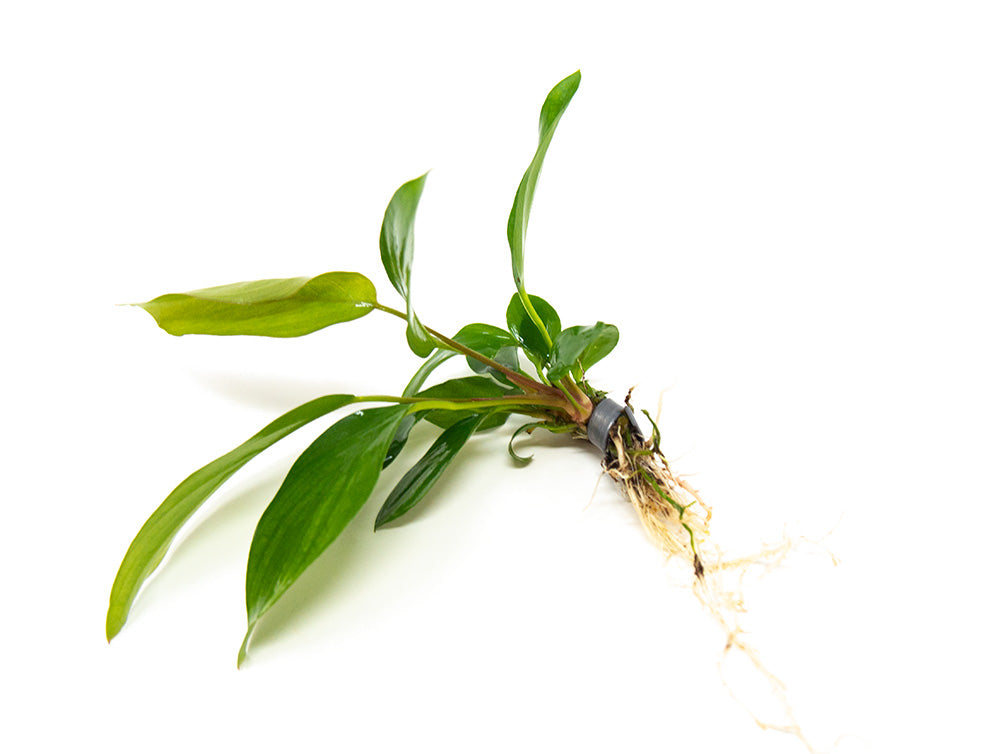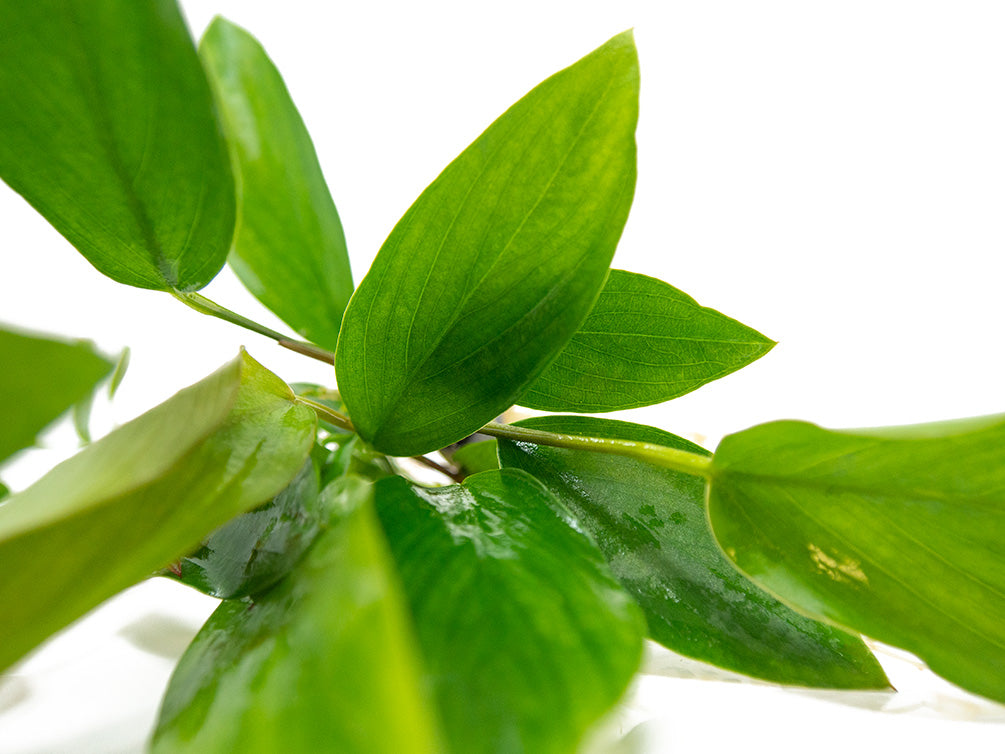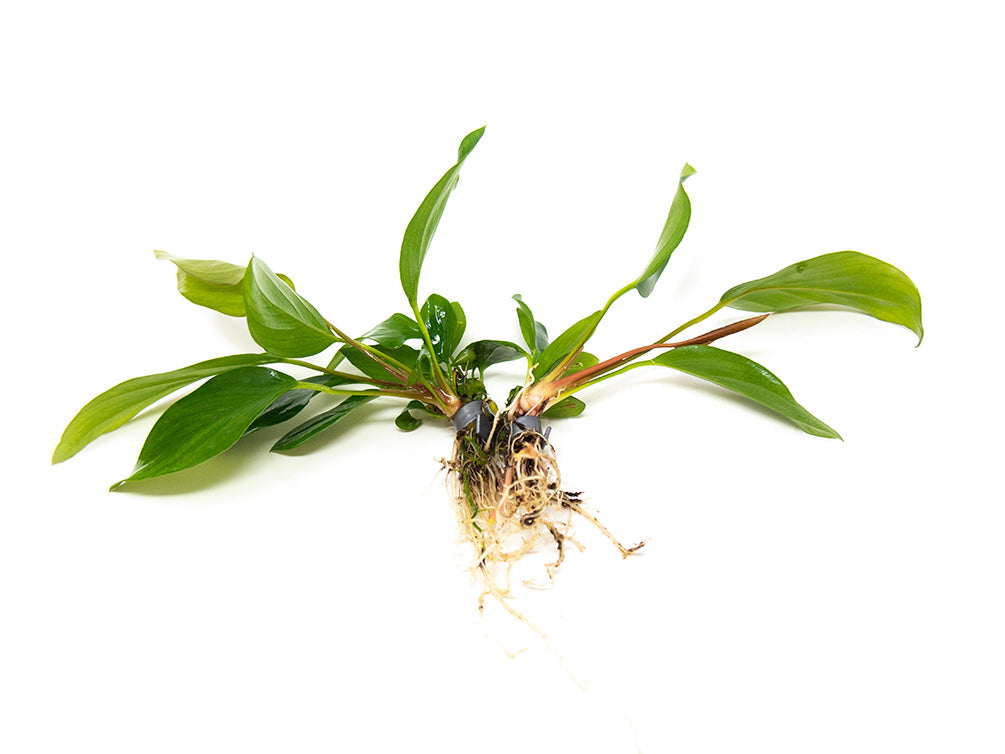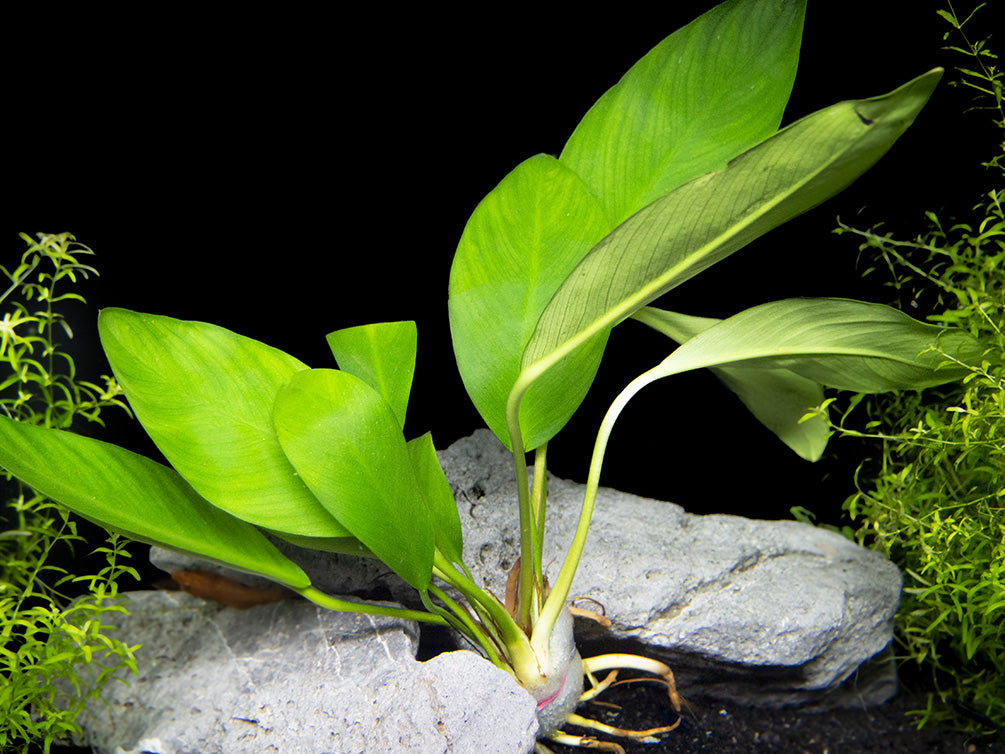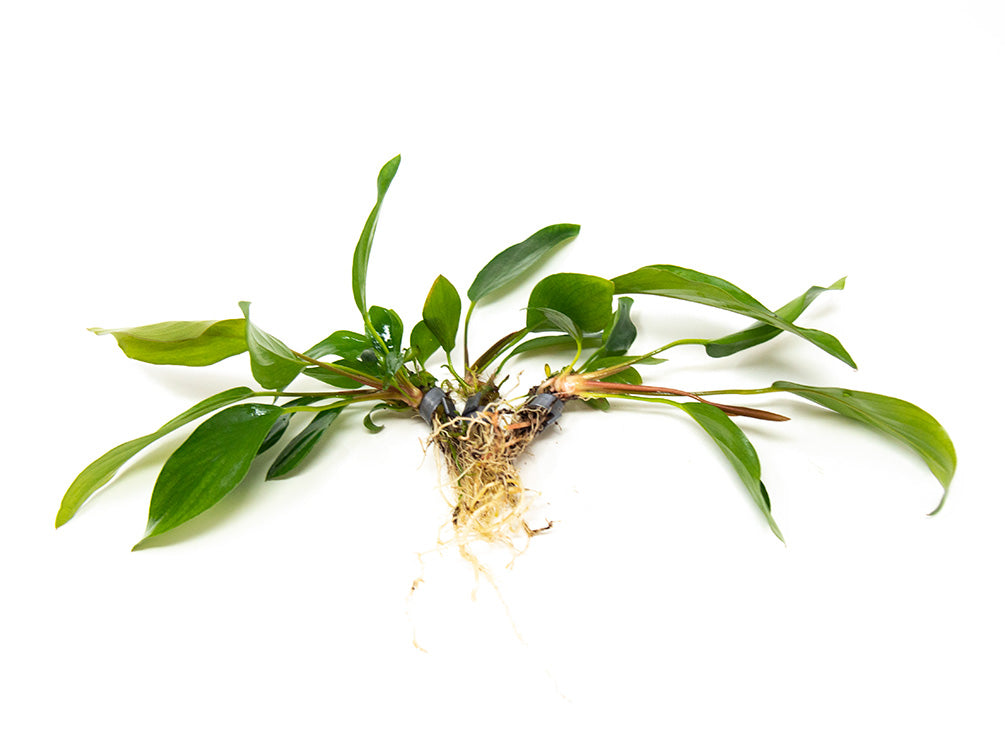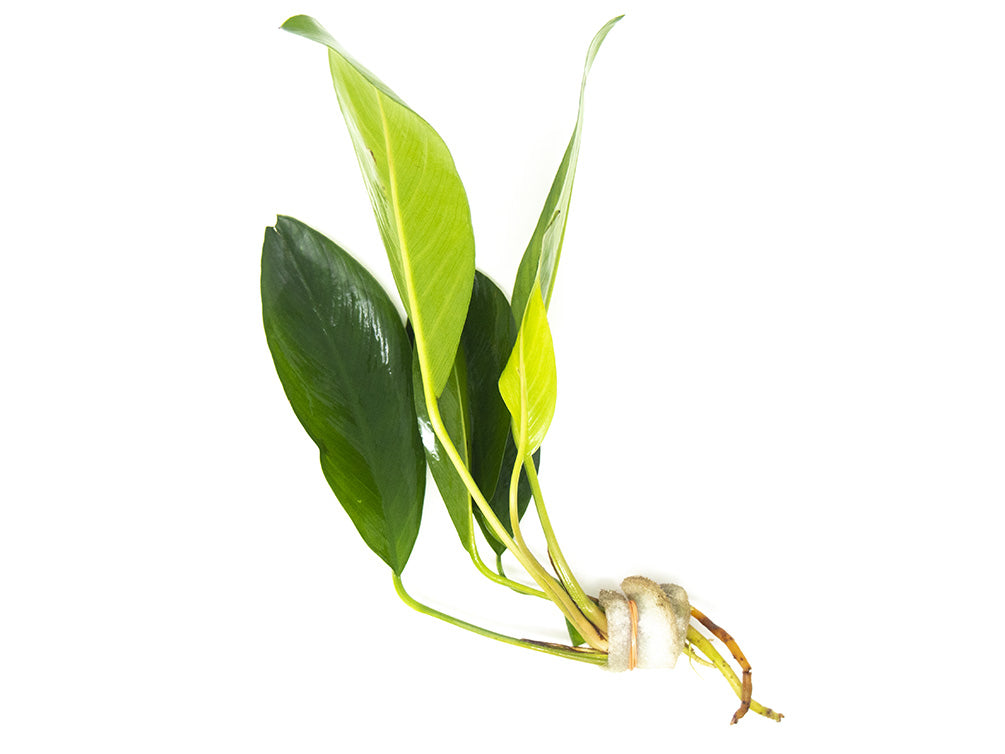Anubias hastifolia
- In stock, ready to ship
- Backordered, shipping soon
Anubias hastifolia is a remarkably large species that is known for its large, arrowhead-shaped leaves!
Anubias hastifolia is a species that is among the largest in its genus. Its long stems and arrowhead-shaped leaves are very distinctive and make this species an excellent choice for the background of the aquarium. Like virtually all Anubias plants, it is extremely hardy, undemanding, and can thrive in a variety of water parameters. It is slow-growing and can thrive in a low-light, low-tech setup. It can flourish when kept either emersed or submerged, so it is appropriate for aquariums, terrariums, and paludariums alike.
Care for Anubias hastifolia is identical to other Anubias plants. Its ideal placement in the aquarium is in the midground to background, and it will look best under low to moderate lighting. Excessive lighting can result in unattractive, pesky algae growth on its leaves. However, this algae growth can easily be kept under control in an aquarium with a healthy population of shrimp (especially Amano Shrimp) that will constantly graze on the algae without harming the plant itself. Most herbivorous animals will not harm Anubias hastifolia whatsoever, although some bio-film or ”wood-eating” Panaque genus plecos may “chew” holes in its leaves. Larger crayfish species can also be a threat.
Like many Anubias species, this plant is slow and steady in growth and does not seem to respond significantly to CO2 supplementation. It best thrives when attached to driftwood or rockwork. This plant can be planted in the substrate, but its rhizome (roots) must not be buried in the substrate because it will rot and recede. It can also be planted emersed in terrariums, paludariums, and vivariums.
Like most plants, Anubias Lanceolata may benefit from supplementation such as Seachem Flourish, Flourish Excel, nitrogen, and other plant supplements.
No aquarium plant distributor/nursery/wholesaler/retailer can or will guarantee their plants to be 100% snail free. We can not guarantee our plants will be snail free.
- Extremely versatile and durable
- Arrow-head shaped leaves
- Thrives when tied/attached to aquarium driftwood and rockwork
- Requires low to moderate lighting and little to no supplementation in nutrient-rich water
- Less common than many other Anubias plants
- Temperature: 68° - 86° F (20° - 30° C)
- pH: 5.5 - 9.0
- Lighting: Low to moderate
- Origin: Indigenous to Africa, but cultivated in nurseries
- Aquarium placement: Midground to Background
- Care: Easy
For the safety of our animals, we only ship live fish, crabs, and select other inverts exclusively via UPS 1 Day Air. If your order contains this item, you will only see UPS 1 Day Air as a shipping option during checkout. If other items are in your cart that can ship with 2 day or standard shipping options the only shipping method you can still select is UPS 1 Day Air.
UPS 1 Day is a description of the duration of time a shipment will spend in transit once it has been shipped. This does not guarantee the package will be shipped the same or next day from which the order was placed.
Shipping Schedule for this service
Current Handling Time:
1-9 business days
Here at Aquatic Arts, we consider the welfare of the live animals we are shipping to be of the foremost importance. This process is much more involved than simply creating a shipping label and affixing it to a box. Depending on the order, it takes from 4 to 7 people to complete this process properly. We check the weather conditions here where they fly out of the Indianapolis UPS facility and the destination for each shipment. We start early each morning and go through a multi-step process to have the day's shipments prepared in time for the UPS pickup. The volume of orders in our system also affects the processing time. Therefore our stated handling time is 1-9 business days.
Shipping Rate
Pricing is by size of package needed to fill entire order and distance it must travel. It will be calculated at checkout.
